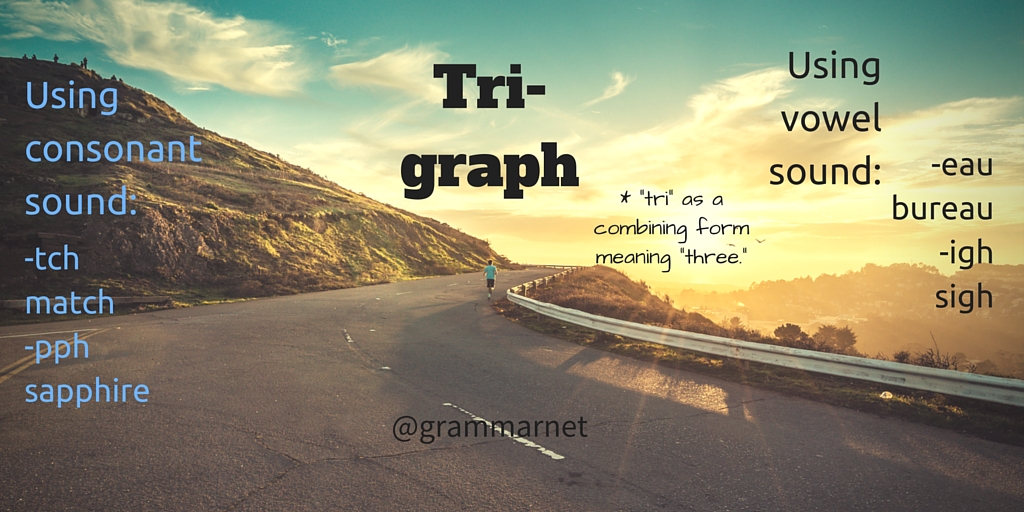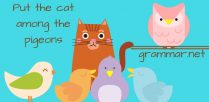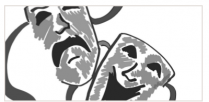The smallest element of sound in speech that can make one sound different from another is called a phoneme. The two major categories of phoneme sounds are consonant and vowel. Common consonant phonemes in English are -b, -n, -t and -r. Note how the smallest phoneme alteration in the following example changes each word completely.
Ray, bay; tip, tin; fig, fin; bun, bug; go, no; top, tap; din, don
Certain types of phonemes are created by combining more than one letter. When two letters are combined, it is called a digraph. A trigraph is the combination of three letters, though many will refer to either type as a “digraph.”
 Digraphs can be composed of consonants, vowels or a combination of both. Trigraphs are generally consonant groups or consonant and vowel combinations.
Digraphs can be composed of consonants, vowels or a combination of both. Trigraphs are generally consonant groups or consonant and vowel combinations.
Common trigraphs in English using consonants
-tch, -pph
match, sapphire
Using consonants and vowels
-igh, -eau
Sigh, bureau
The types of llll combinations can be confusing. Tttt can be confused with “consonant blends,” but they can differ greatly. The latter is composed of a group of two or more llll that can each be heard individually.
Two: brake, snow, fruit, drive, glass, skate, trace, flare
Three: straw, spring, splinter, scroll








